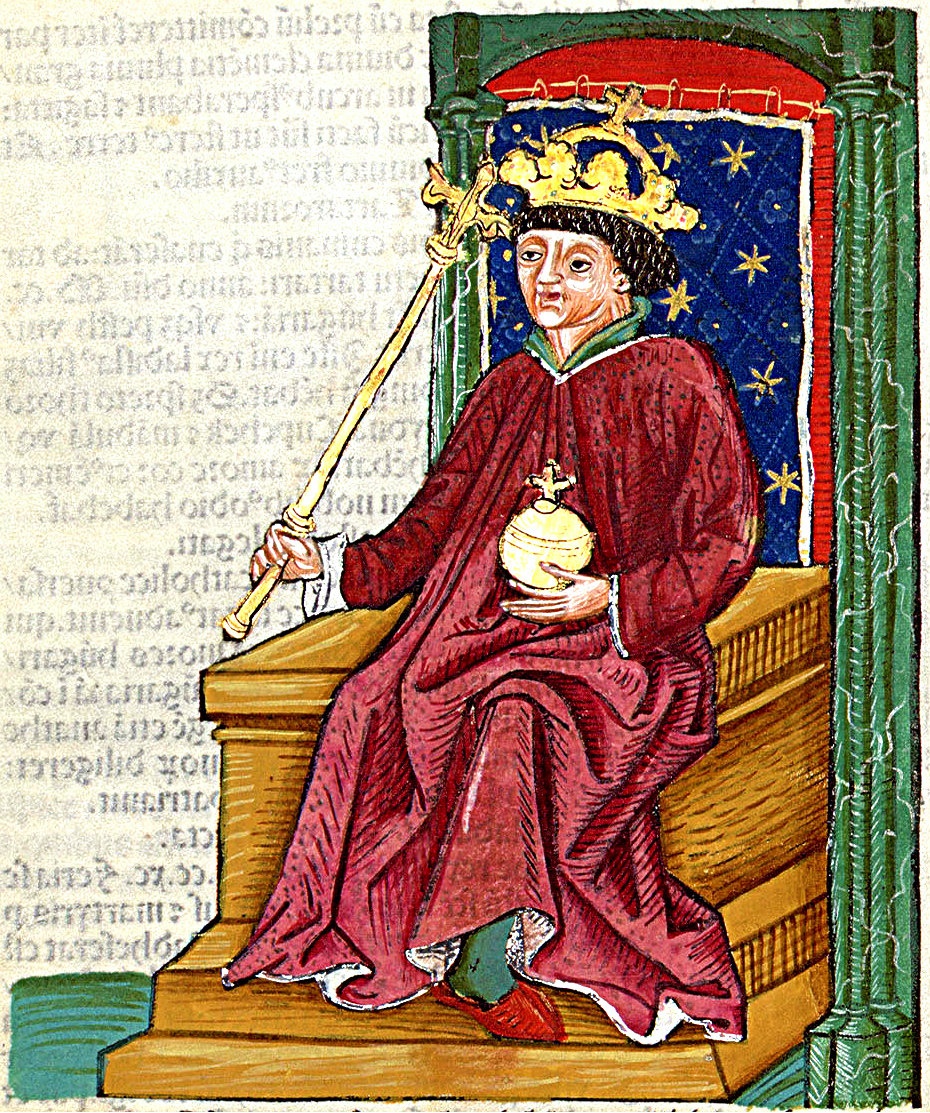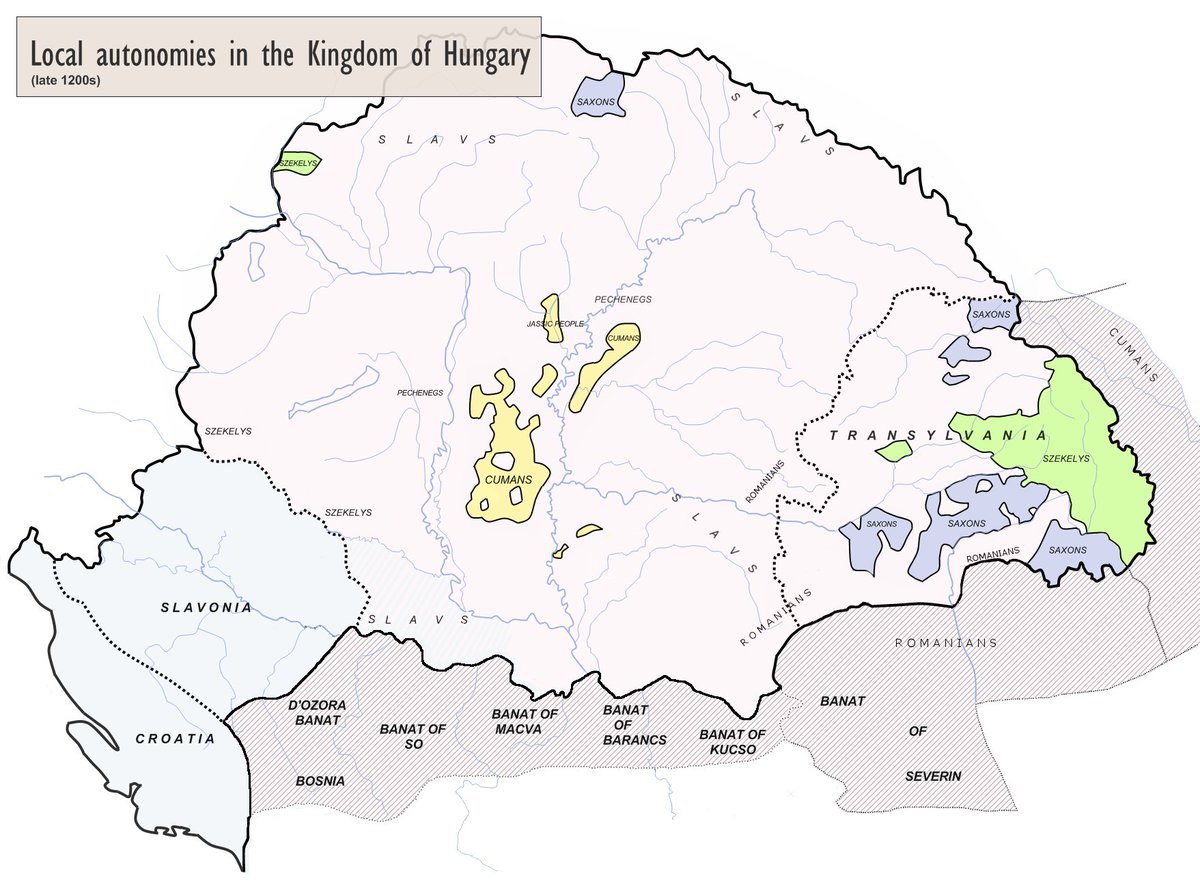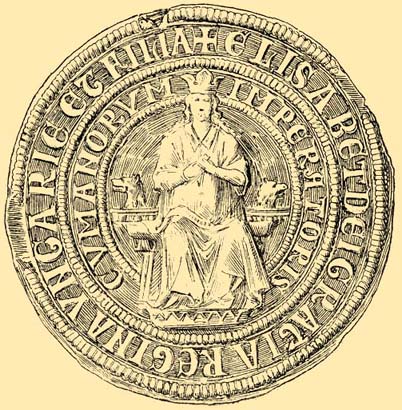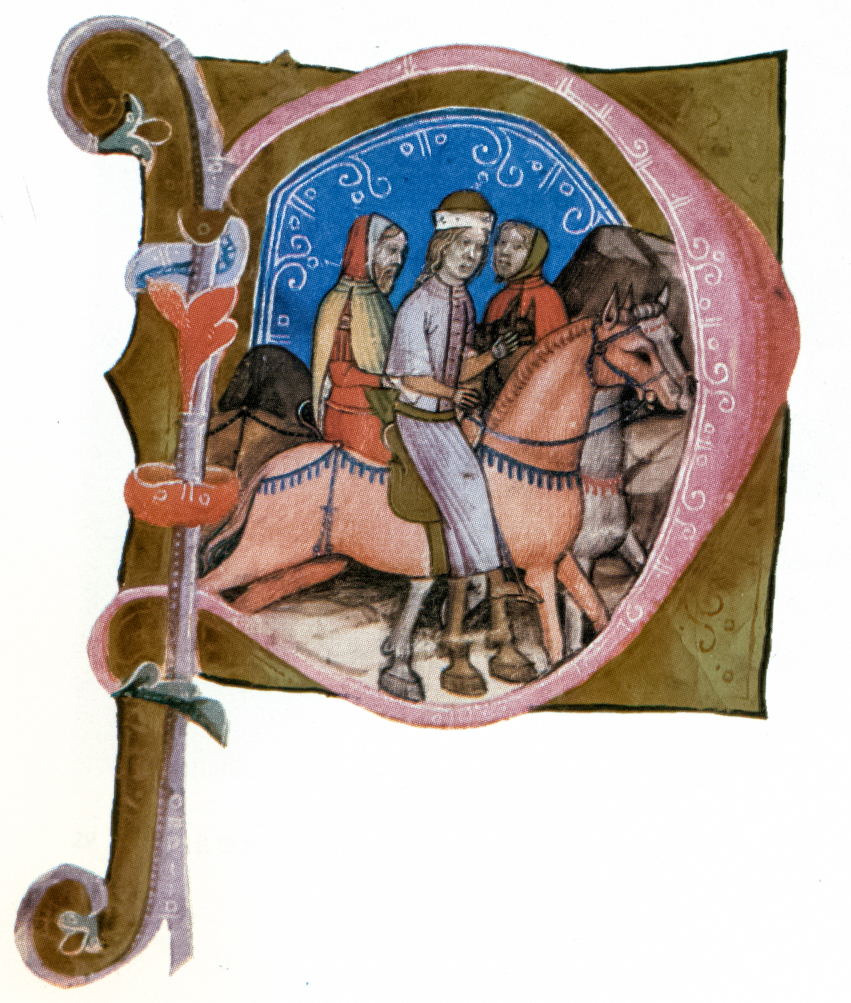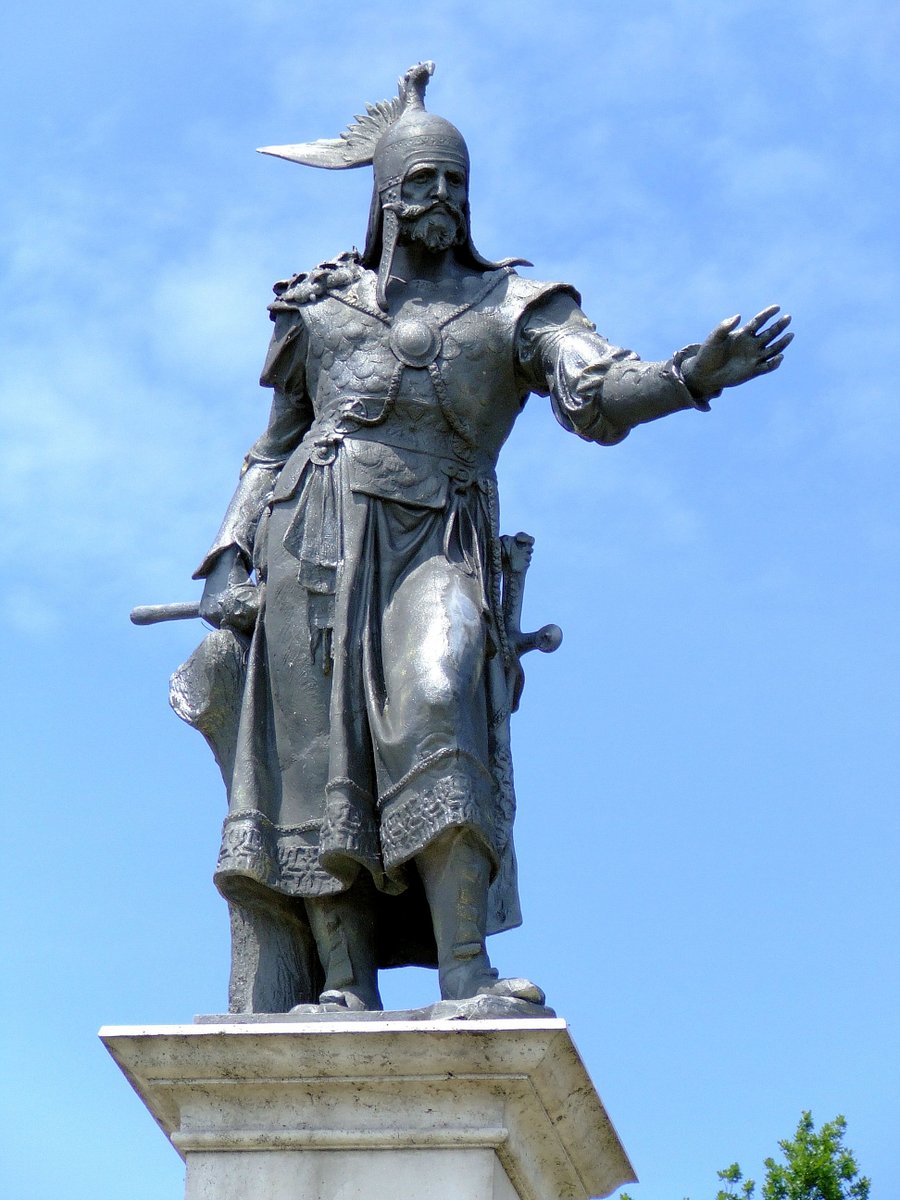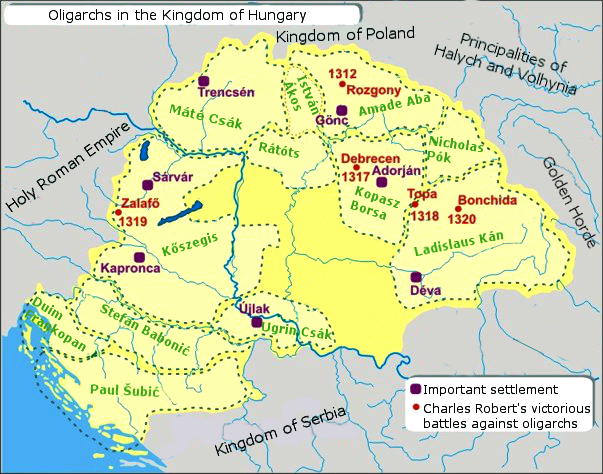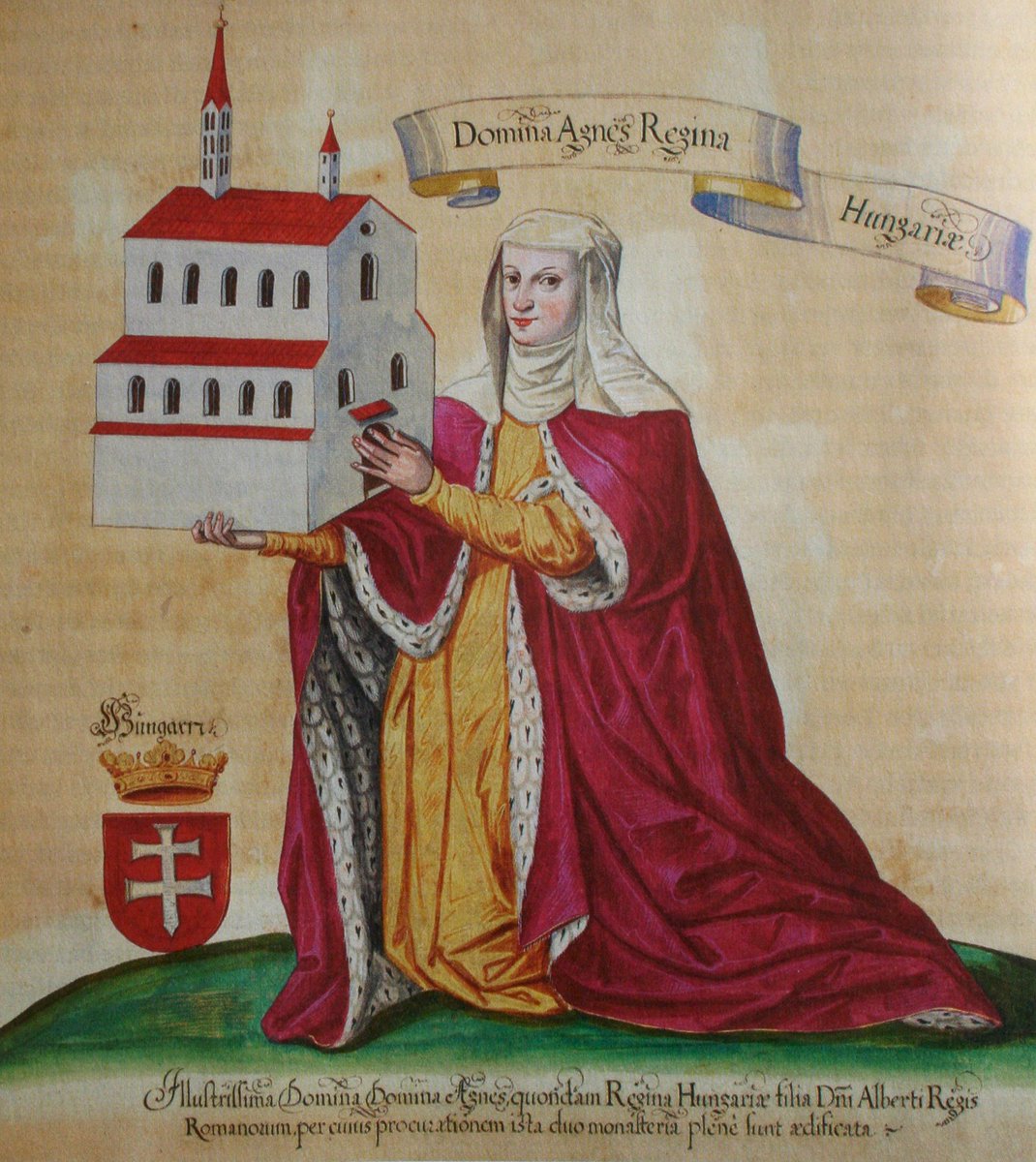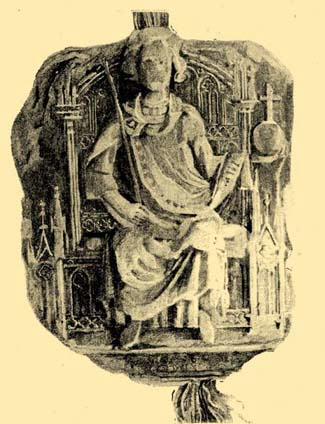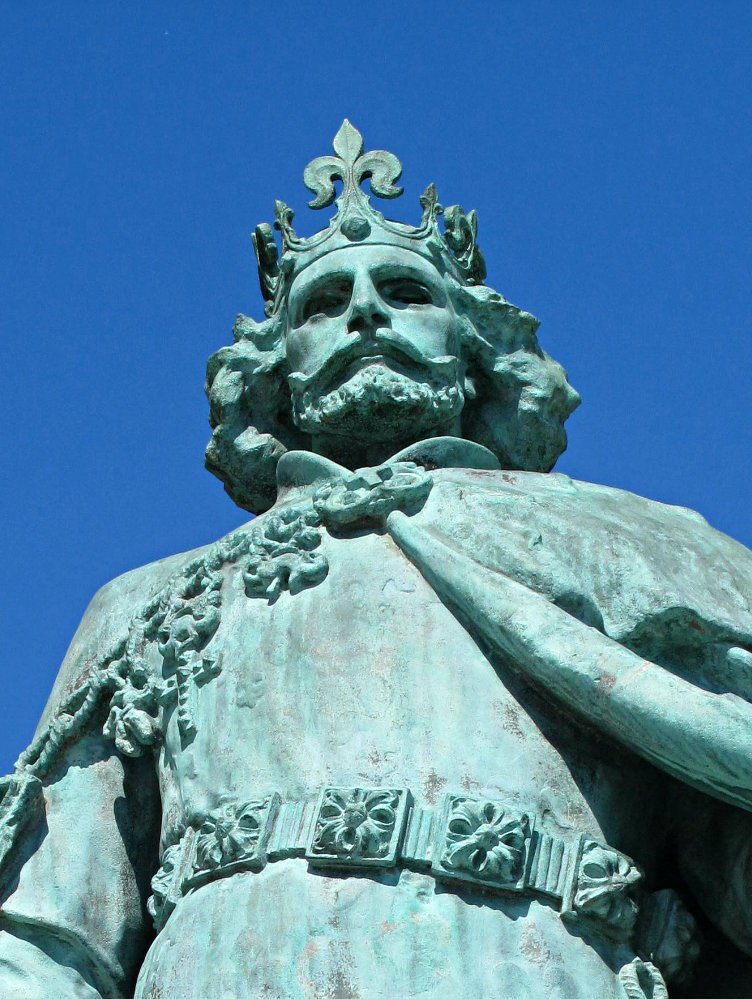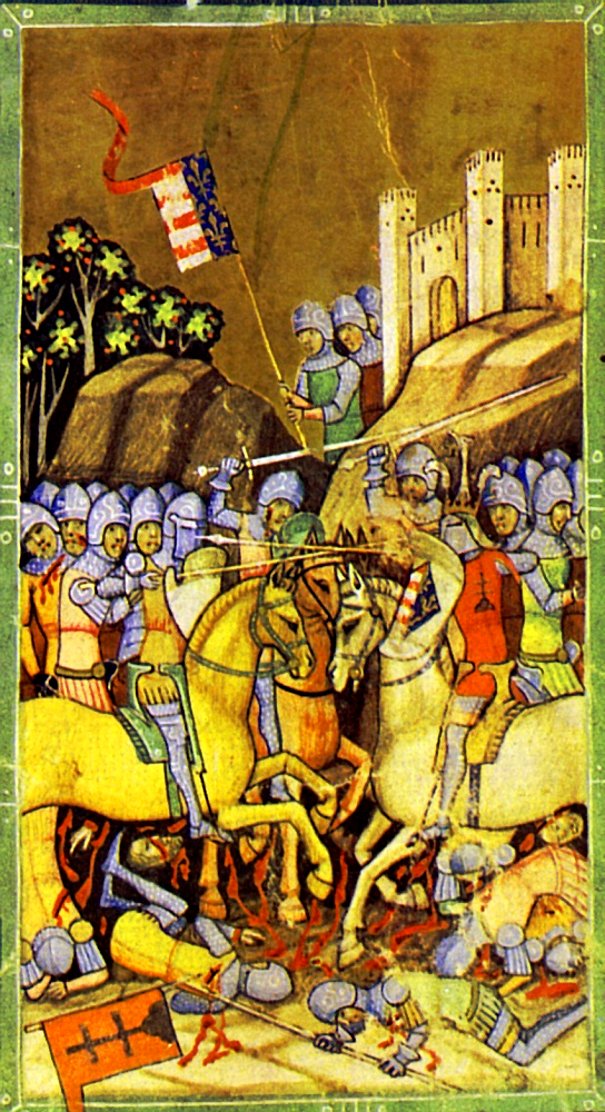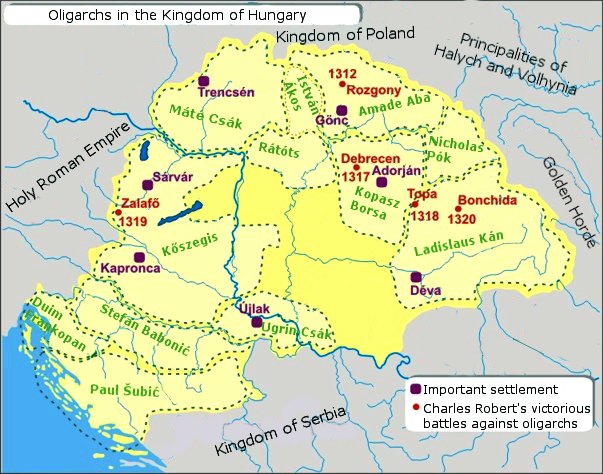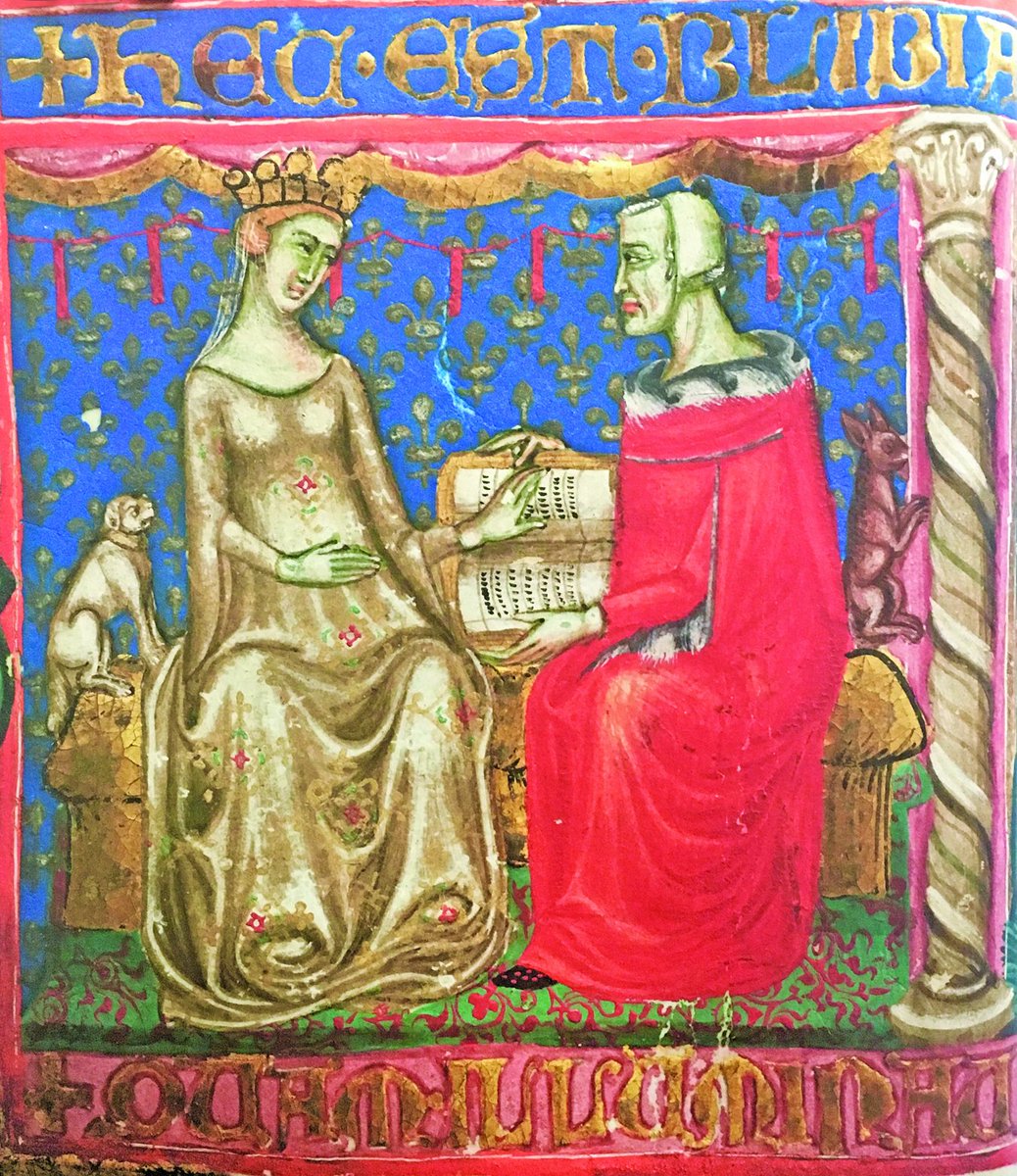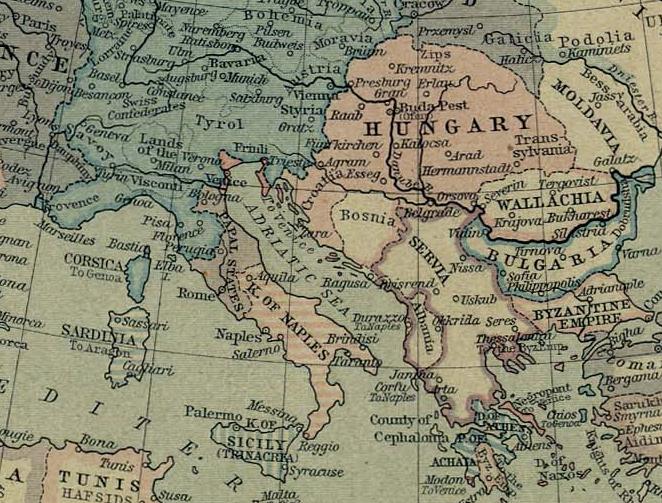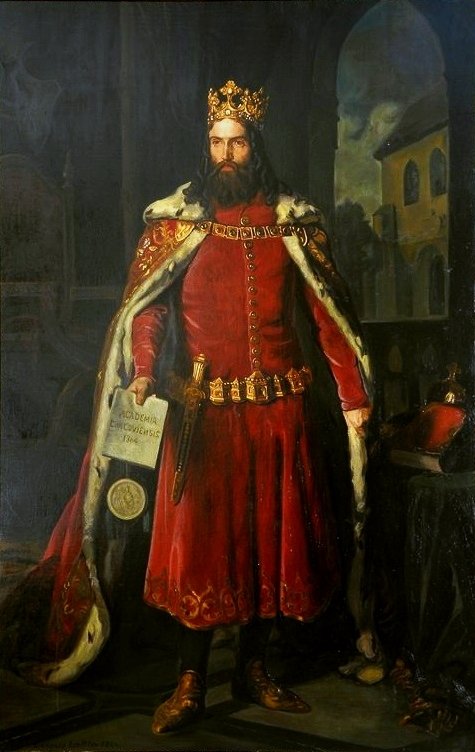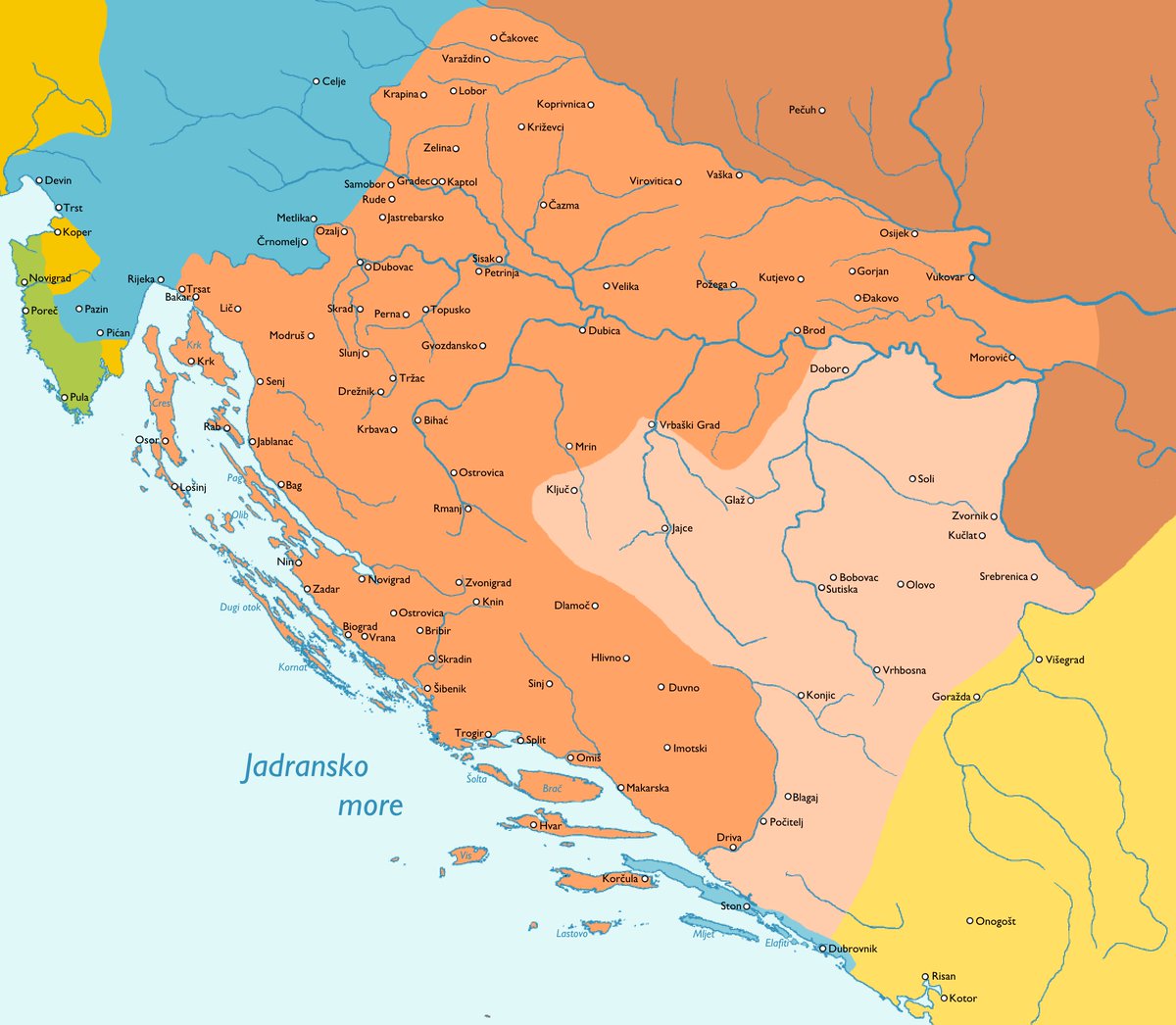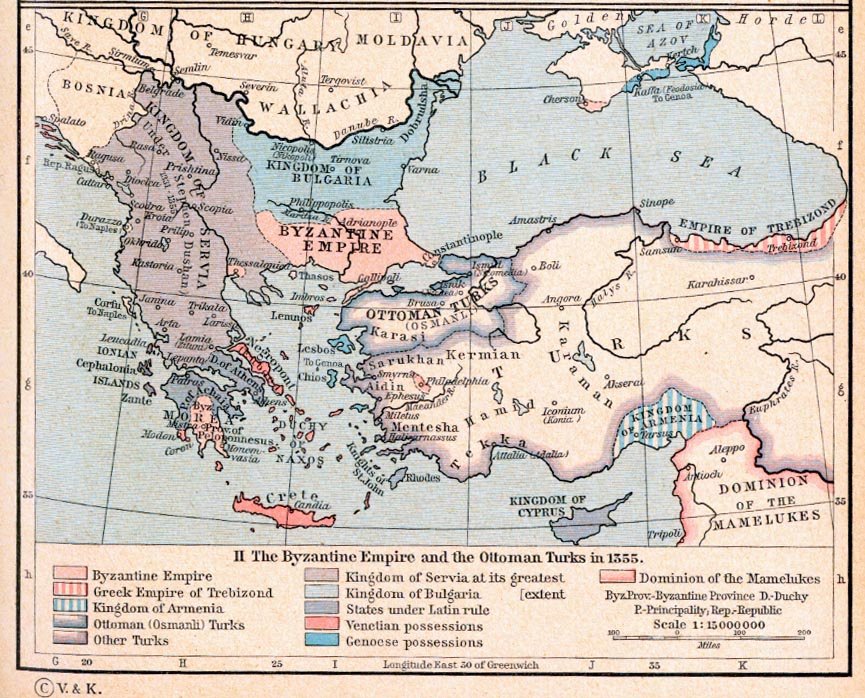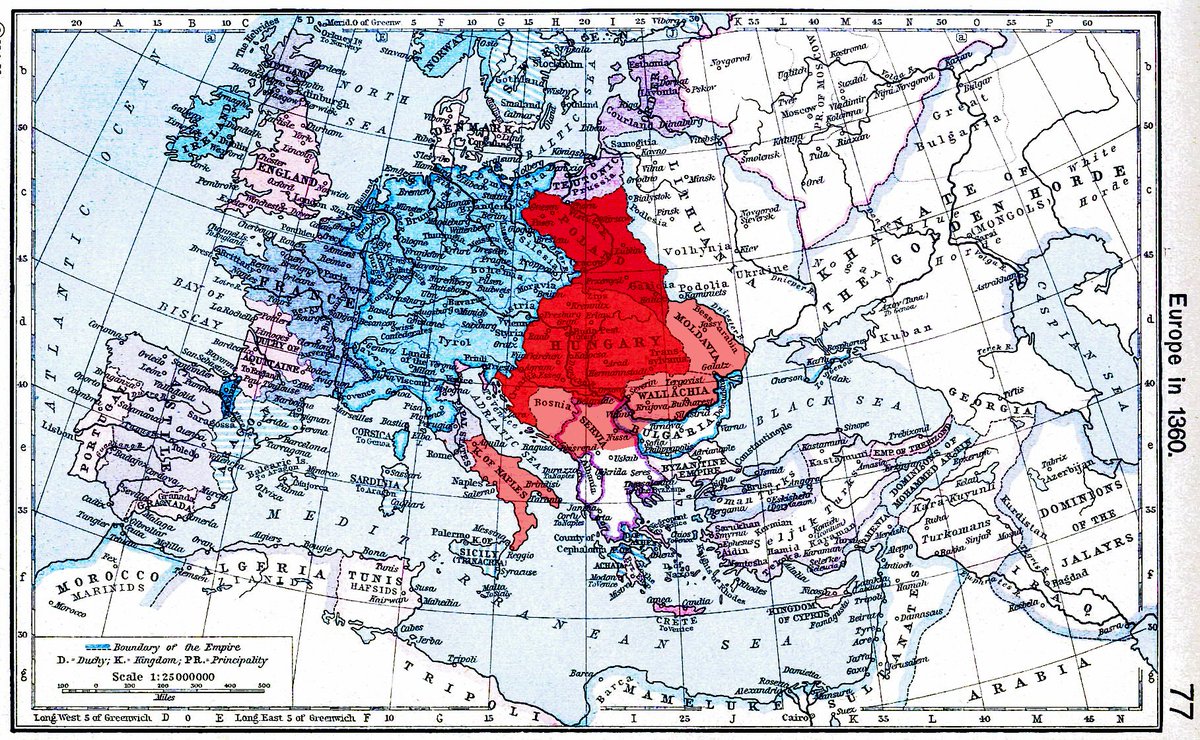The last vestiges of a collapsing empire, rises centuries later surrounded by three powerful empires.
A kingdom in formation, with all neighbours looking to take a piece of it.
Tomislav became the Duke of Croatia around 910. It is not known who his parents were, but his predecessor, Muncimir, may have been his father. Muncimir may have been the son or grandson of an earlier Duke of Croatia, Trpimir, who ruled around 850. 1/10
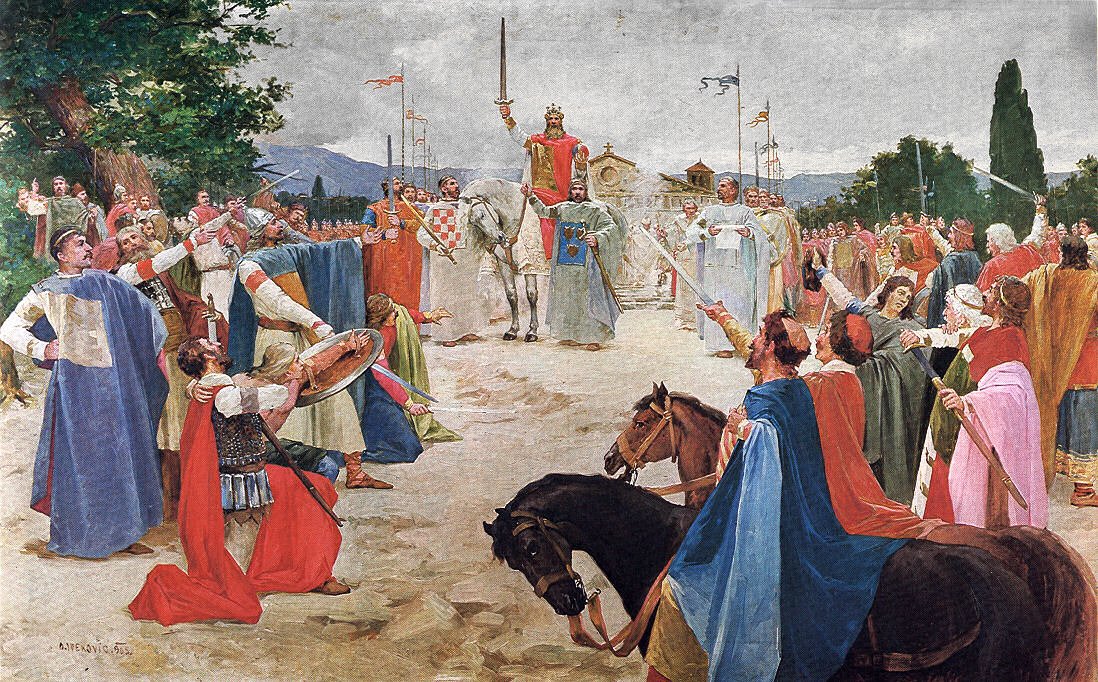
The Duchy of Croatia was situated in the erstwhile Roman province of Dalmatia. It was the last province of the Roman Empire in the west holding out until its conquest by Odoacer in 480. Later, it fell under Avar influence, while Slavs also settled in the region. 2/10
Constantinople retained an influence in the region as well, while the Bulgars also attempted to intervene. By the end of the seventh century, the Avars had been vanquished by the Franks and Dalmatia sat in the junction of the Frankish, Byzantine and Bulgar empires. 3/10
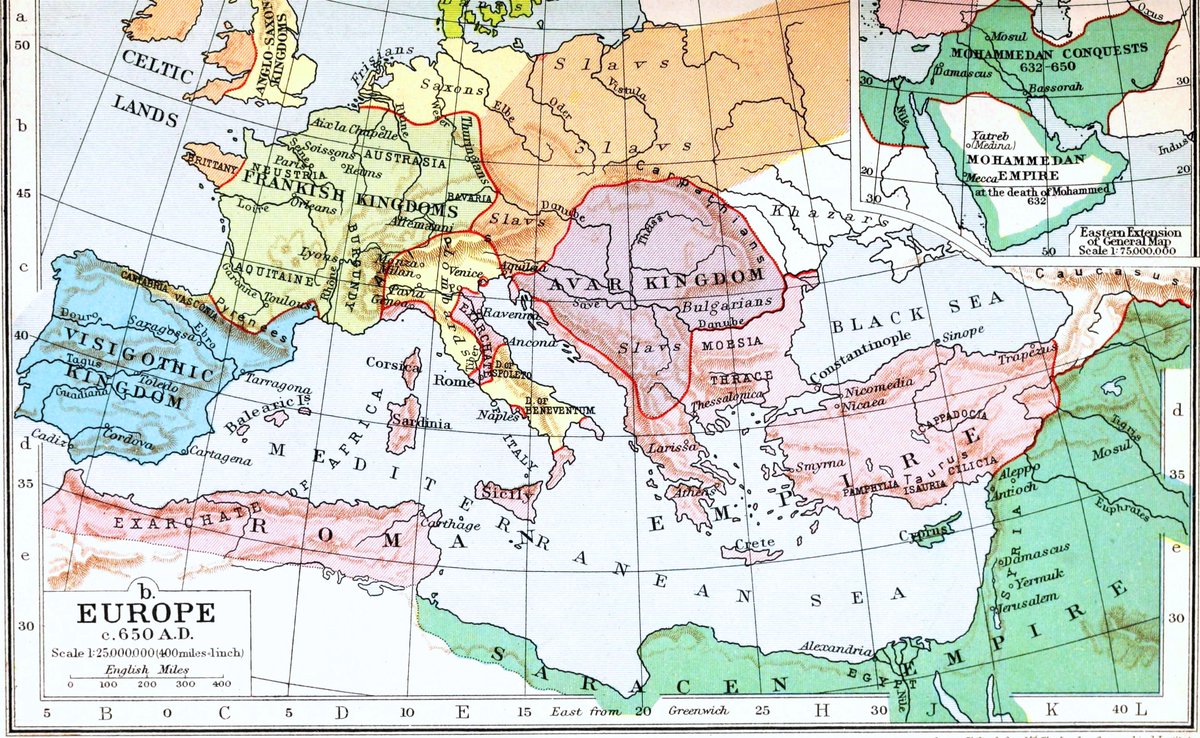
Along with neighbouring Serbia and Duchy of Lower Pannonia, Croatia was the major Slavic state in the region. But Croatia often had to submit to Frankish or Byzantine powers, the major powers in the region. Access to the Adriatic helped developing the ports, thanks to trade. 4/10
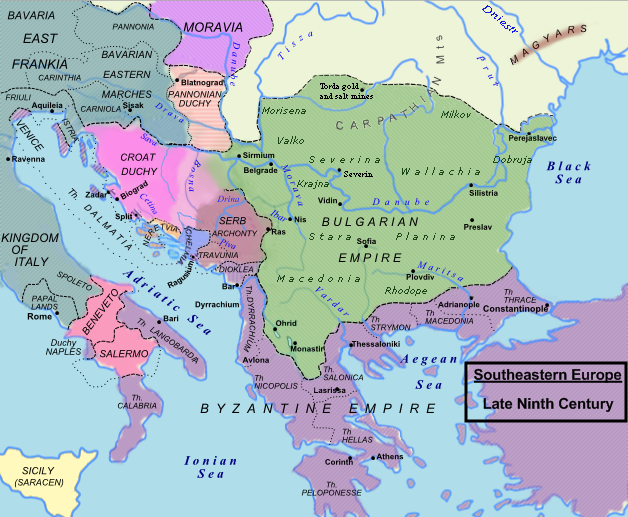
In the late 9th century and early 10th century, Lower Pannonia was invaded by Hungarians. The duchy soon disintegrated, and many moved to Croatia. Tomislav was able to resist some of the invaders and in the process acquire parts of Lower Pannonia south of River Drava. 5/10
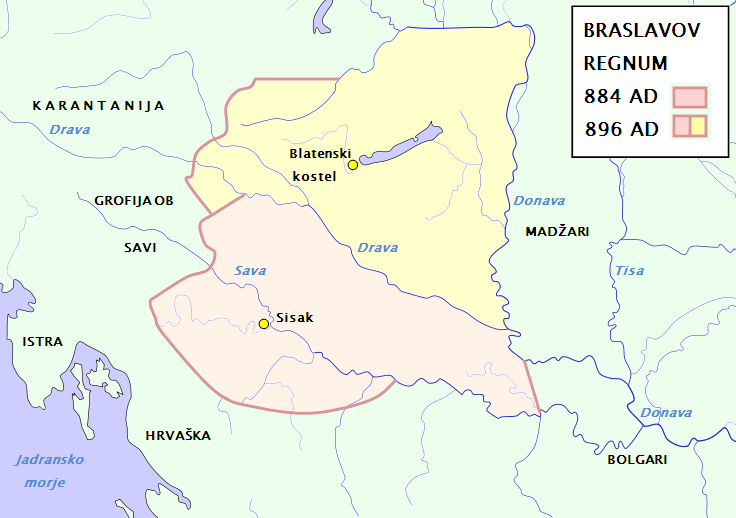
But he soon had to deal with a new foe. The Bulgars of Tsar Symeon invaded Croatia in 926. They had defeated both Constantinople and Serbia, annexing the latter and obtaining tribute from the former. But Tomislav was able to defeat the Bulgarian force led by Duke Alogobotur. 6/10
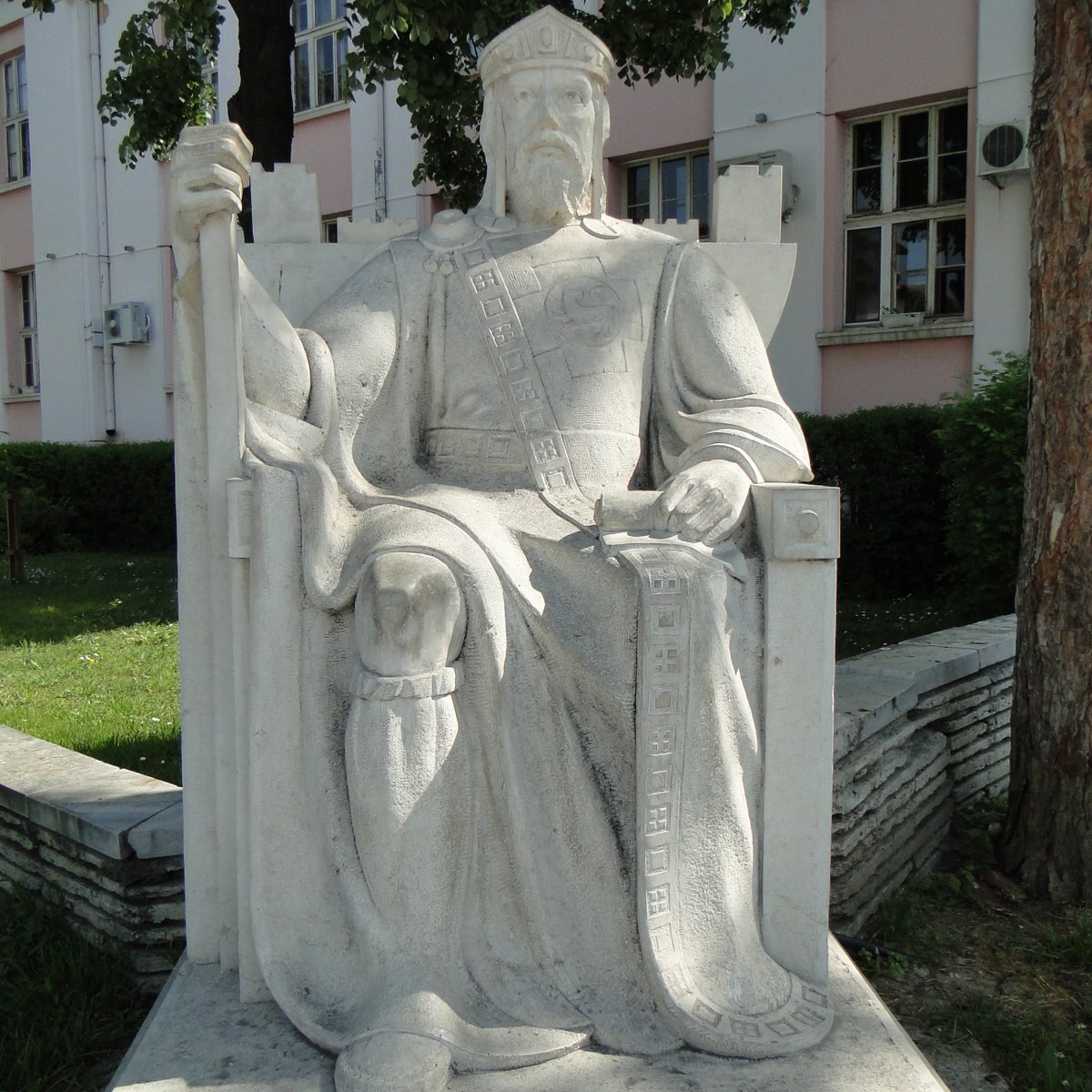
The two sides soon made peace, made easy with the Tsar's death in 927. A year later, Tomislav appears to have been succeeded by Tripimir as king. Just like his predecessor, Tomislav's connection with his successor is also uncertain. 7/10
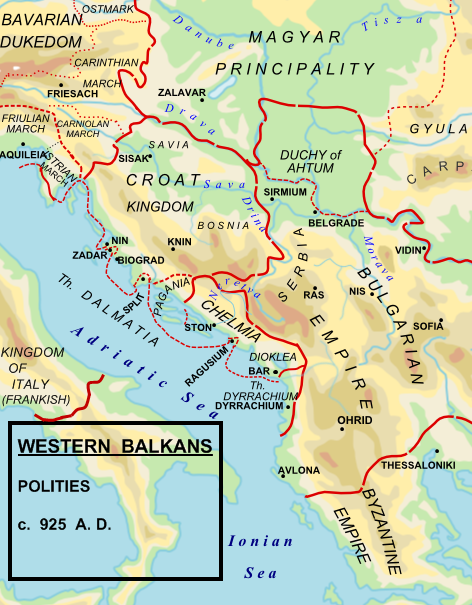
The Kingdom of Croatia continued expanding and declining at times, but it reached its peak under Petar Krešimir who ruled from 1058 to 1075. Constantinople, however, had managed to hold on to some of the port cities, especially Ragusa (Dubrovnik). 8/10
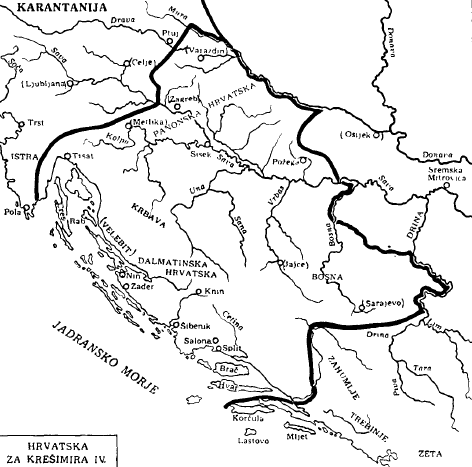
In 1097, the Hungarian king Kálmán defeated Croatia at the Battle of Gvozd Mountains. By 1102, Croatia had been incorporated into Hungary, and the two continued to be ruled by the Hungarian king in union, though as separate kingdoms, until 1918 (For most part). 9/10
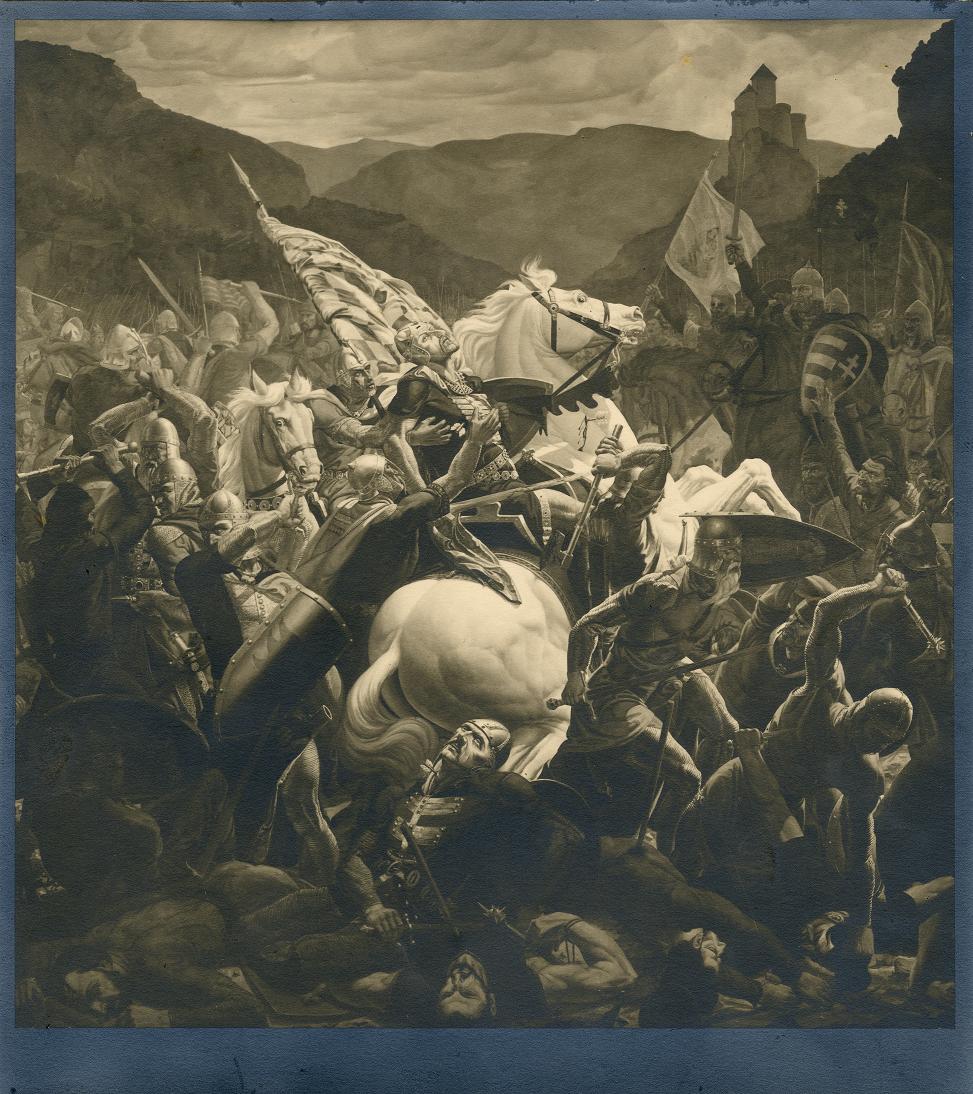
Ragusa, though, became an autonomous republic under Byzantine, Venetian, Hungarian, Ottoman and Habsburg overlordship at various times. It lost Neum to Ottoman Bosnia in 1699 and was conquered by France in 1808. In 1814, it became Habsburg territory, like Croatia. 10/10
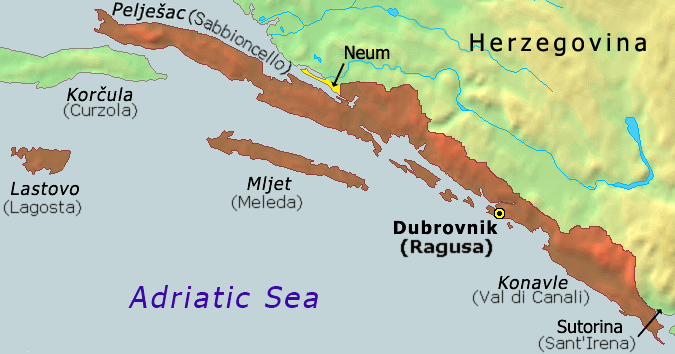
Originally tweeted by Ranjith Kollannur (@Arby_K) on September 27, 2022.
Tomislav, Duke of Croatia (910-925), King of Croatia (925-928) – The origin story for Croatia.
